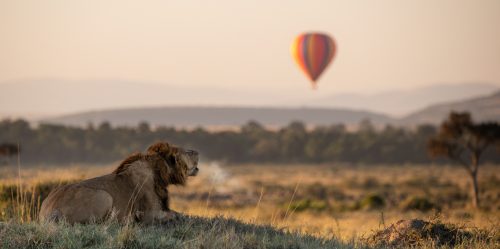
When it comes to the Great Migration, the show continues, albeit at a slightly slower pace. Most of the action is concentrated around the southern parts of the Mara Triangle. Smaller herds are moving from the Greater Reserve into the Triangle on a daily basis via a range of crossing points, but are yet to enter through the main crossing site in significant numbers.
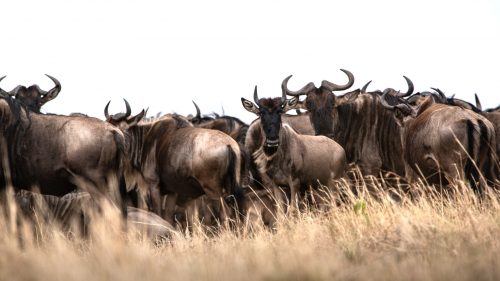
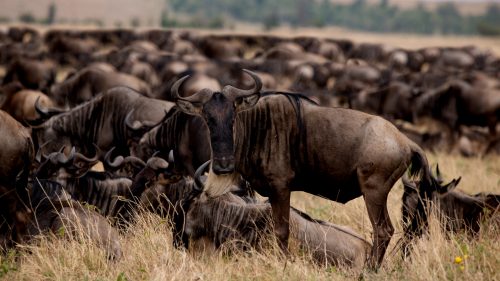
While this year’s Migration remains unpredictable and overshadowed by uncertainty, we choose to maintain our unwavering optimism fuelled by the thousands of wildebeests that have returned to Kishanga (one of the sites of Angama Safari Camp). You can almost hear the collective sigh of relief echoing throughout the Triangle, shared by wildlife lovers and predators alike.

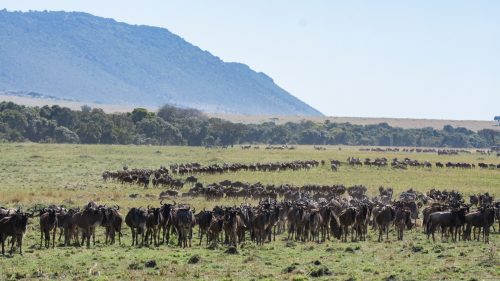
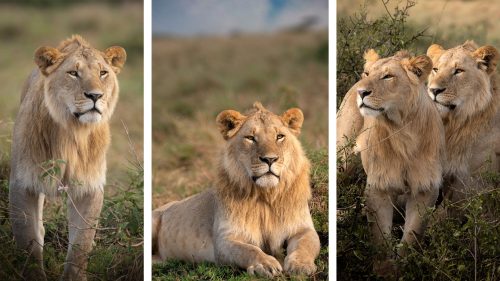
The Mara is home to some of the biggest Nile crocodiles in all of Africa. Their unique physiology and efficient metabolism means they can go for months without a meal. The annual Migration provides the perfect opportunity to consume enough food to last them the remainder of the year.
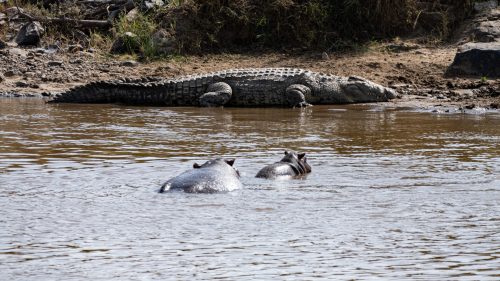
This year’s irregular migration pattern, coupled with the lower water levels and the absence of large herds in certain areas, means the crocodiles are at a bit of a disadvantage. While the absence of crocodiles at many of the crossing points often results in a happy ending, with little-to-no casualties and a pleasant sight for most viewers, it robs us of some of the nail-biting suspense and overwhelming emotions associated with watching crossings in croc-infested waters. We hope that this is just temporary and that later in the season we may be able to share a bit more action.

This week, we spent time at the Cul-de-Sac crossing point along the Mara River, an area with some of the highest crocodile densities I have ever come across. Upon arrival, we watched chaos ensue, as over 30 crocodiles fought over the remains of what was once a young hippo. While closer to the riverbank, a smaller group of crocs scrambled for a catfish. It’s safe to say that they are sticking to a more stable food source for now. As I looked down at the water, it was difficult to avoid contemplating the mayhem that would ensue if a mega-herd dared to cross this deadly stretch.
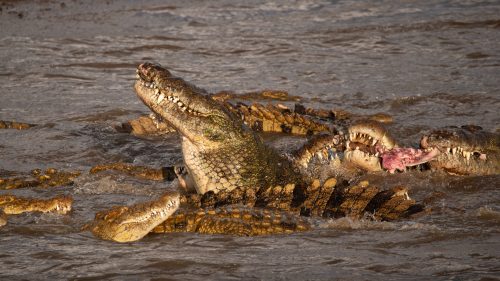
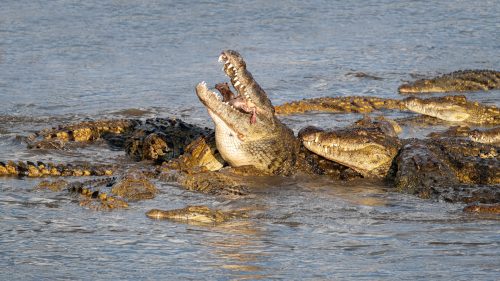
Migration patterns can be affected by a number of factors, including the weather, as we reported last week. Irregular rains can effectively sway the large herds off-course and create a flurry of confusion in the minds of the wildebeests.

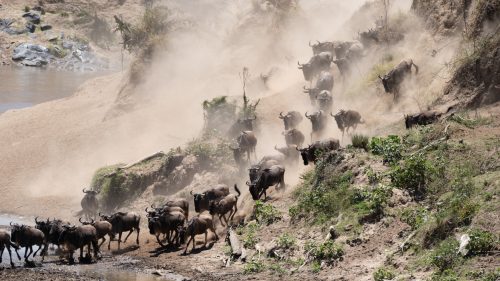
While the Migration may have been the central theme of the last month, we shouldn’t steal the spotlight away from the rest of the Triangle’s wildlife. This part of the Mara retains its magic all year round, and each week we get front row seats to the most beautiful show on Earth. From watching hot-air balloons gracefully glide over the plains as the African sun peaks over the horizon, to catching up with the youngsters and witnessing tender moments unfold between even the fiercest of animals. What a privilege it is to call the Triangle home.

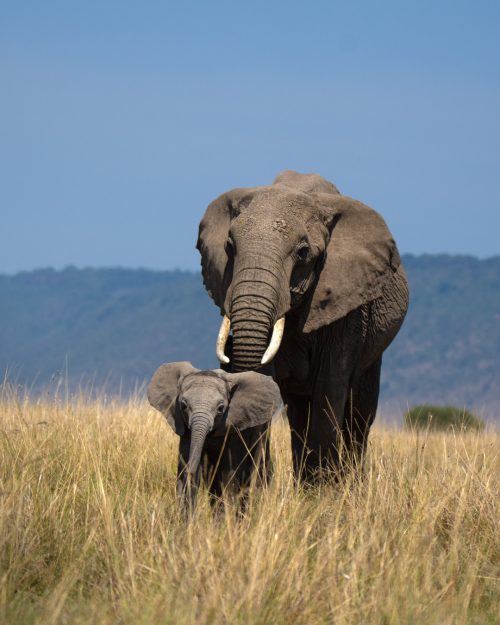


One doesn't have to go too far to see some action, as seen one year ago today. In the pursuit of the best place to sun one's self, this brave hyrax stood its ground against a spitting cobra.
Filed under: This Week at Angama
Subscribe for Weekly Stories
Comments (0):
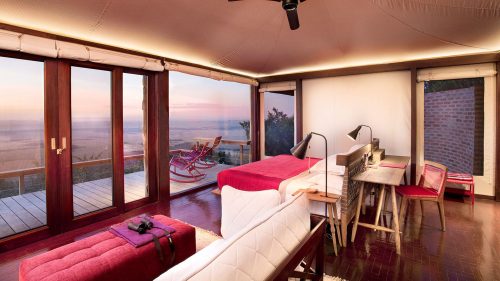
Tented Suites